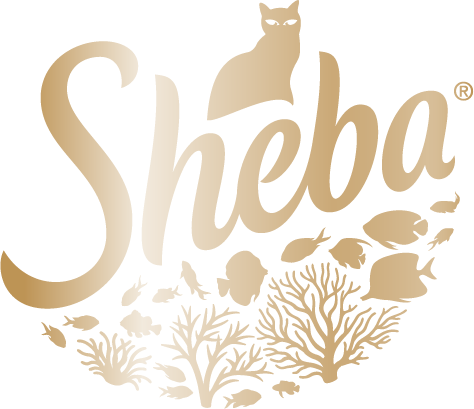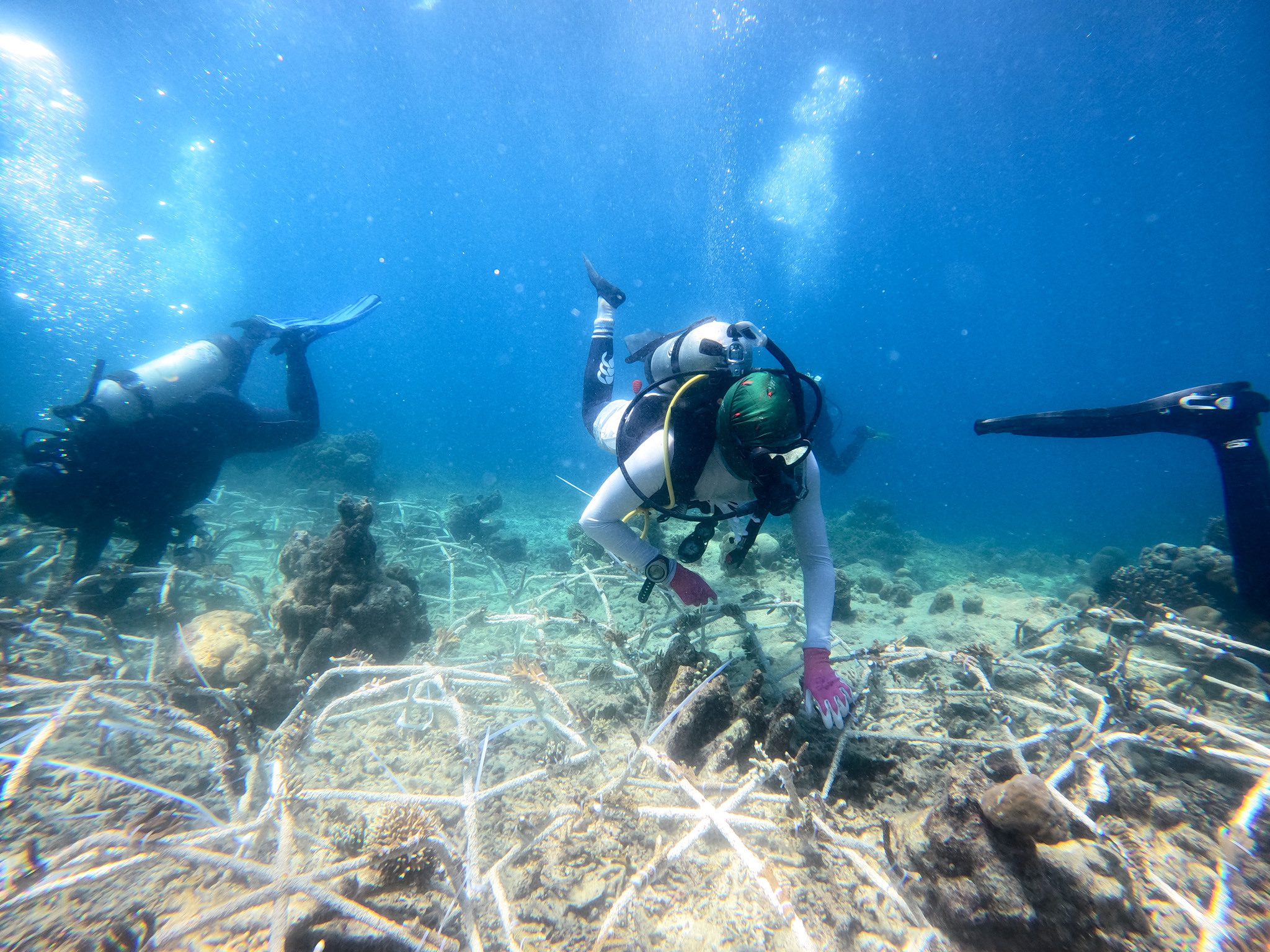
Behind The Scenes: Mars Coral Reef Restoration Internship
Ben Williams dives into his experience of completing the Mars Coral Reef Restoration Internship!
Written by Ben Williams: over the past six months, I have had the unique opportunity to put my PhD on pause and dive headfirst into the coolest reef conservation project going: the Mars restoration program. I've had the privilege of completing the program's inaugural Mars Coral Reef Restoration Internship. Throughout my time here, I have had access to incredible experiences, lead on fantastic projects and had the pleasure to work with the inspiring team delivering this program. In this blog post, I share some of the highlights from my time with the program.
Visiting Indonesia
As part of the internship, I spent a five-week period on location with the Mars restoration team in Indonesia. A key component of this involved entering onto the pathway to become a MARRS trainer, with the eventual aim to join the global pool of trainers. Alongside the extensive theory lessons, two-weeks of this involved in-water training during which I participated in two separate reef builds. These totalled 1400 reef stars, an epic site to see when you swim over everyone’s hard work at the end of a build week.
I was also able to join our existing science team for a two-week expedition around HOPE Reef. We successfully collected data for seven independent studies and hosted two new collaborators with the aim to expand the scientific output from the Mars programme.
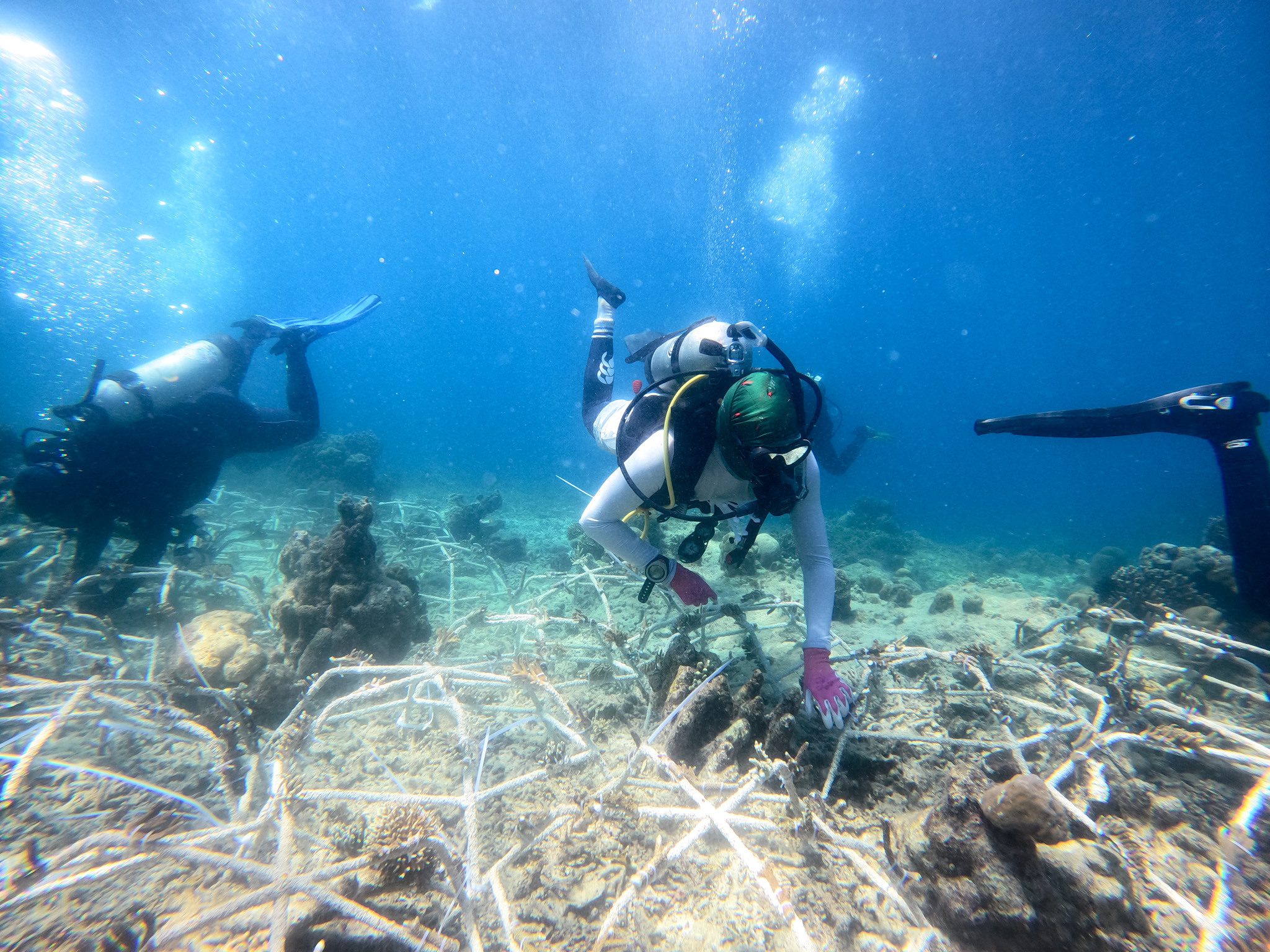
Ben participating in a reef build with the MSS Indonesia Team
Reef restoration hackathon
As part of my internship, I was tasked with identifying ways we could build synergies between Mars restoration and the wider business. The data science team became the ideal collaborators in this endeavour. Working closely together, we organised a reef restoration hackathon using image data collected on the science expedition. Teams competed to develop models which could differentiate healthy and degraded reefs from these images. The hackathon was a huge success, with eighty-one participants competing across 35 teams. Using the winning teams entry, this scored images of restored sites as 81% healthy overall and provided a system we aim to expand to other MARRS sites around the globe.
Mars data scientists competed to train machine-learning based models which could identify the difference between degraded (left) and healthy (right) reefs, read the full article here.
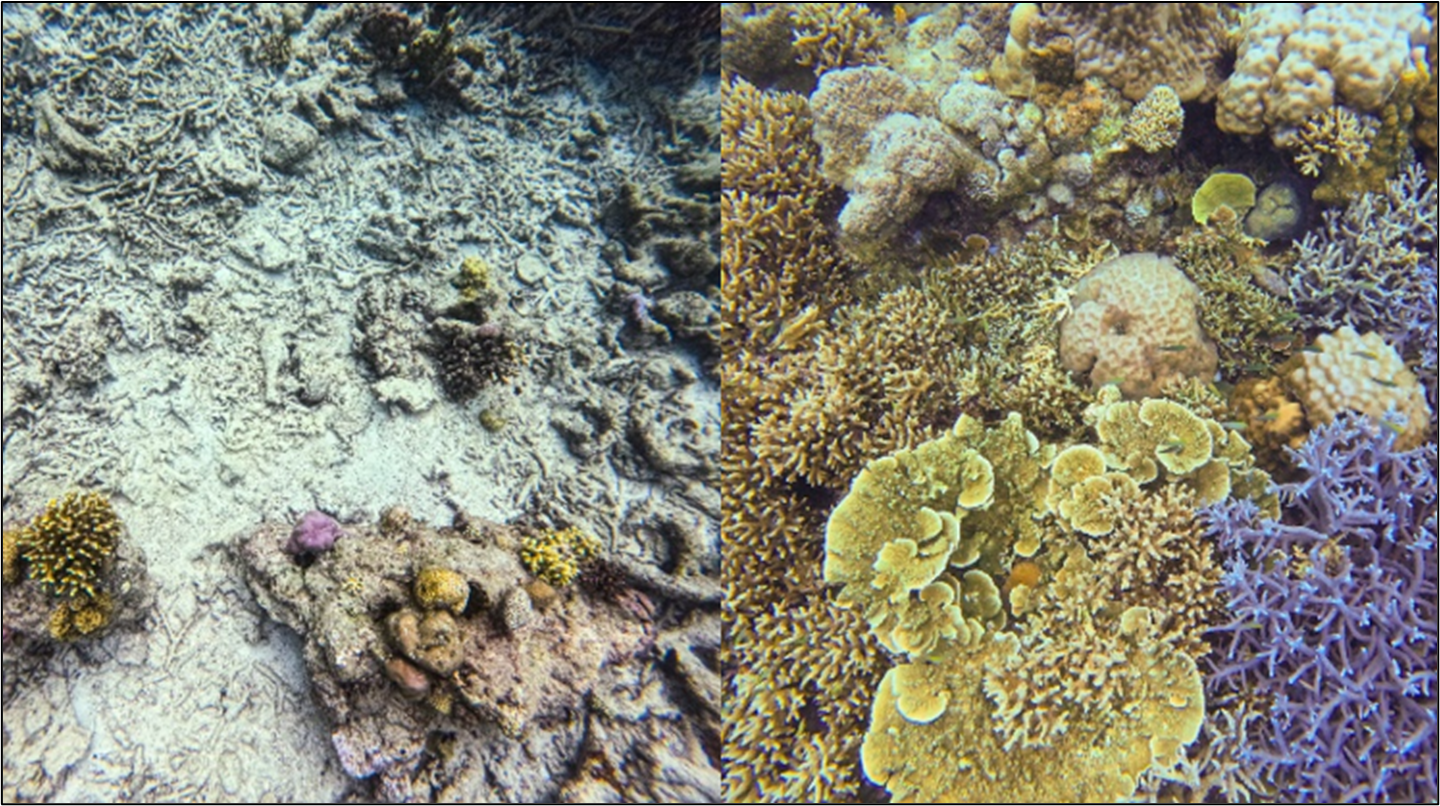
Mars data scientists competed to train machine-learning based models which could identify the difference between degraded (left) and healthy (right) reefs
Experimenting with photogrammetry
An innovative technology we are testing within the science team is the use of ‘photogrammetry’. Using thousands of images, this technique is able to construct 3D digital twins and extremely high-resolution 2D ‘orthomosaic’ images of vast areas. During the internship, I was able to lead two exciting collaborations with external partners on this.
The first partnership was with the School of Architecture and Design at the University Westminster. Here, our collaborator Dr John Zhang secured funding to host a summer school which gave 10 undergraduate students the opportunity to develop virtual reality experiences of MARRS reefs. The team were able to showcase their work at the London Festival of Architecture in June. The second partnership was with the Impact Computing team at Amazon Web Services (AWS). This team is helping us improve the processing pipeline used to construct these models enabling us to produce these at even greater scales whilst reducing the cost. We’re hoping these projects will continue to develop, expanding the use of this exciting technology on MARRS reefs.
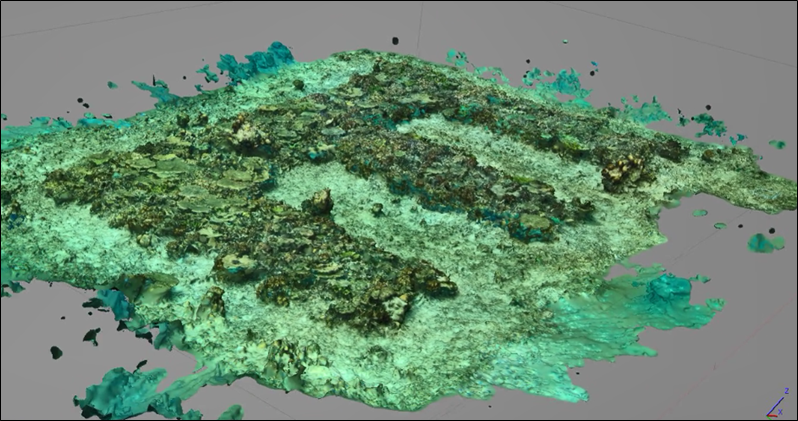
A section from the 3D model produced of Hope Reef using photogrammetry
Representing Mars
I also had the privilege to represent Mars and my own research at several external events. For the first of these, I was invited by the University of Cambridge to deliver a 45-minute seminar to the universities AI for Environment PhD cohort. I was also given a similar opportunity by the School of Ocean Sciences at Bangor University, the UK’s largest marine science institute, where I presented a department wide seminar.

Ben speaking at the Netexpo awards
A highlight of the internship was representing Mars at the NetExplo awards held in Paris. Here, Netexplo host 450 business leaders in digital technologies for sustainability. Here, awards to the top ten innovations in the previous year are presented. Research I led into the use of AI to assess MARRS restoration using acoustics outcompeted all others, taking the number one position.
The last key piece of engagement work for myself included attending the Asia Pacific Coral Reef Symposium, attended by 900 coral reef biologists and stakeholders. I was able to present my research and network with other reef scientists. It was inspiring to see numerous other projects are now using the MARRS method to restore reefs, with one attendee describing this method as having been ‘adopted as best practice in Asia Pacific’.
Expanding our global acoustic database
A significant opportunity for my own research included the chance to expand scientific monitoring efforts beyond Indonesia and begin working with Mars restoration partners across the tropics. I was able to send audio recorders to Australia, Kenya and Mexico to begin assembling a global database of MARRS reef soundscapes. This new dataset consists of nearly one-year of total recording time, taken across 21 unique sites in five countries.
An additional opportunity was presented with National Geographic’s world leading expedition team: Pristine Seas. I once again sent recorders to the team who attempted the first collection of acoustic data on expedition in the Southern Line Islands and Niue. This collaboration aims to deliver a rare dataset of recordings from truly pristine reef habitats.

A Hydromoth deployed in the Southern Line Islands by National Geographic expedition group Pristine Seas.

